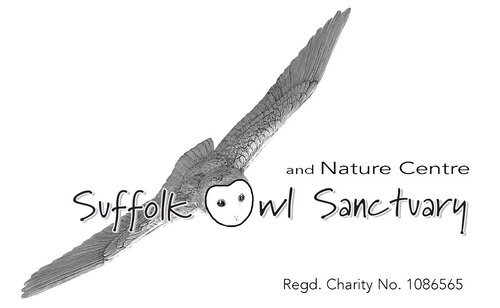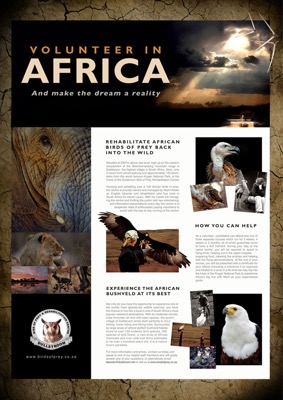Sometimes life really isn’t fair.
Last Friday a very sorry looking Barn Owl was brought brought in to the raptor hospital. It was only about two years old, but talk about an ill-fated start in life! On this occasion, a van driver saw the owl flying straight towards his van and, as is so often the case, had no chance of avoiding it. Thinking it must have been killed outright, he continued with his journey to work but imagine his surprise when, on reaching his destination, he found that not only was the owl still very much alive but that it had shared his entire journey wedged in his roof rack.
A not-uncommon occurrence at dusk in the countryside, a Barn Owl approaching you head-on unfortunately cannot always be avoided…
Amazingly, apart from being obviously rather traumatised by his experience the owl appeared to be totally uninjured, a fact that was confirmed by a thorough examination when he arrived here. However, the poor creature was on the thin side and had maybe been struggling to feed itself, so it was given plenty of fluids to ensure it was properly hydrated, plus lots of TLC and space in a rehab aviary to recuperate in peace and quiet.
Nevertheless this chap has lived to tell the tale (and not for the first time, it turned out!)
So, good – a nice success story in the making, but not the end of it.
Our guest had a ring on it, which meant that for some reason it had been caught before and the ring gave the falconers the information they needed to find out when and where. It turned out that this same Barn Owl had been rescued and released before, by Colchester Owl Rescue in circumstances equally as horrifying. On the original occasion the owl had been caught in a fire and taken in at Colchester in a terrible state, including burned feet and the loss of two talons. Nevertheless, the young chap was nursed back to health and released, only to turn up on our doorstep again a few months later with his rather ruffled feathers!
Thankfully, this time it didn’t take the Barn Owl long to recover and it has now gone back to Colchester so that they can release it once again in the same area from where it was originally found, where it will by now have established a territory. It’s to be hoped that this is the last of the dramatic escapades to be endured by this one accident-prone Barn Owl.
From the our point of view, this is not the first time we have seen injuries involving roof racks and owls caught in them, which unfortunately often end up with broken wings as a result: in that respect, our Barn Owl was actually very lucky. But if you have a roof rack, don't use it often and spend many of your motoring miles traversing byways rather than highways, perhaps you could give a thought to taking it off your car when not in use and thereby help prevent other untoward ‘owly’ accidents of this nature. As the saying goes - every little bit helps.




















































